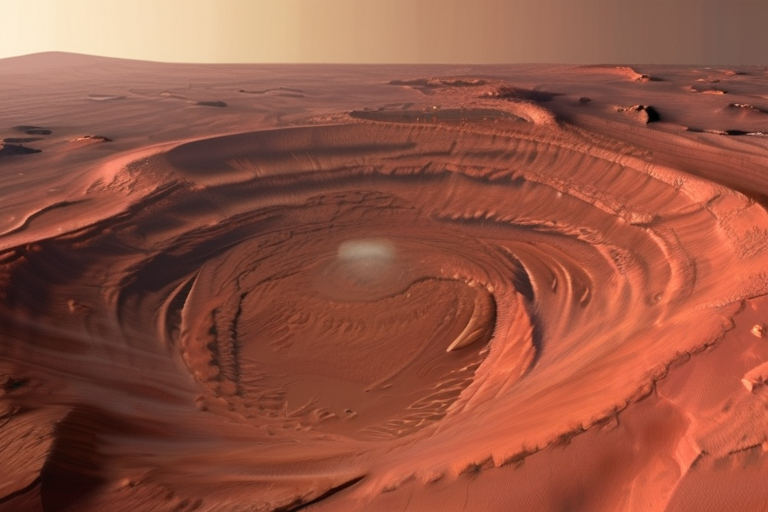Mars Blows Its Top: New Study Reveals Red Planet's Surprisingly Ferocious Winds


Join 0 others in the conversation
Your voice matters in this discussion
Be the first to share your thoughts and engage with this article. Your perspective matters!
Discover articles from our community

 Hoppi
Hoppi

 Hoppi
Hoppi

 Hoppi
Hoppi

 Hoppi
Hoppi

 Hoppi
Hoppi

 Hoppi
Hoppi

Taylor Swift's 'The Life of a Showgirl' Hits the Scene, Ending Two-Month Wait In a highly anticipated move, Taylor Swift …

Hoppi

Atlanta's Food Delivery Robots Raise Concerns: Are They Truly 'Friendly'? In a recent warning, CNN has cautioned that the food …

Hoppi

From Samurai Films to Westerns: 10 Movies to Watch Before Playing 'Ghost of Yōtei' In a bold move, the developers …

Hoppi

The Quest for the Humane Computer: Jef Raskin's Visionary Approach In the late 1970s, computer interface designer Jef Raskin embarked …

Hoppi

Navigating Career Transitions: The Art of Working Smarter, Not Harder As I sat down with Shveta Miglani, author of "Navigate …

Hoppi

The Download: Growing Threats to Vulnerable Languages, and Fact-Checking Trump's Medical Claims A recent study has highlighted the alarming rate …

Hoppi